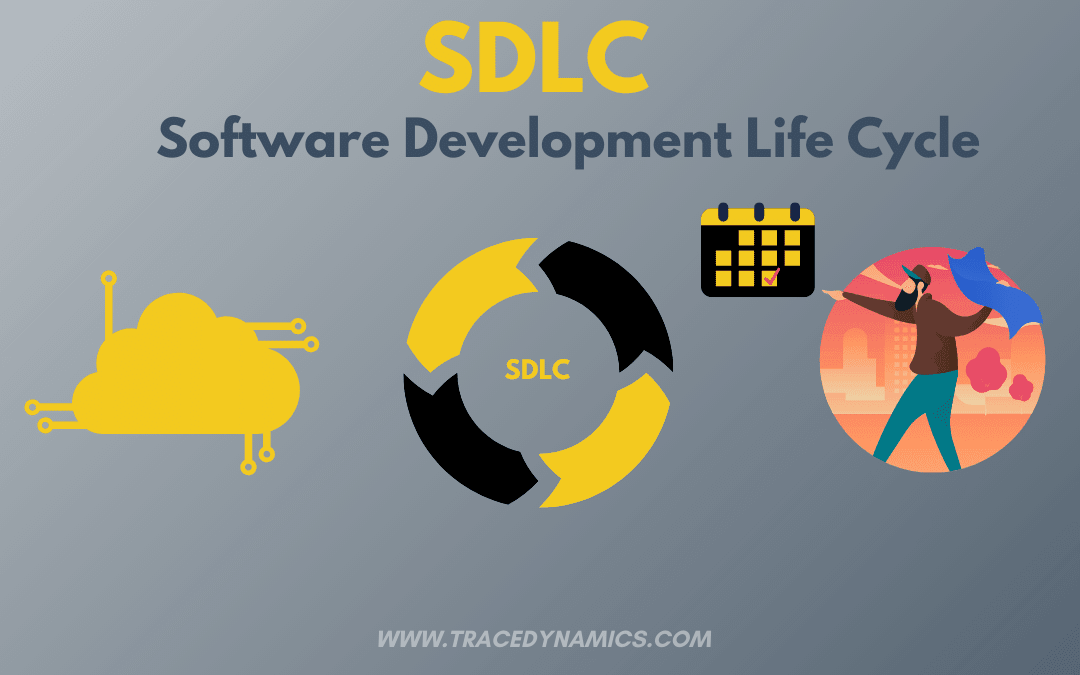 |
| SDLC |
The next stage is to prepare a Software Requirement Specification, or SRS, document that details exactly what will be needed to develop the product.
This phase is to define the requirements, document them, and then get them accepted from the client. SDLC
It gives the assessment the costs, legalities, feasibility, and schedule. sdlc
It tells if the technical capabilities are there to support the idea. sdlc
Does this project meet legal regulations and is the budget reasonable? This is what the stakeholders want to see and what they care the most about.
This information is taken to the customer or analysts for approval and final consultation, keeping everyone in the loop and ascertaining everyone’s satisfaction with the plan.
SDLC makes it easier for the developers, but there also needs to be a strong level of communication and continuity through the entire team to affirm the end result is what it should be.
If it’s not planned for in the SRS it can lead to dissatisfaction with the customer or somewhere in the team.
- Economic: Is it feasible to complete the project in the defined budget?
- Legal: Can this project handle regulatory compliance or frameworks?
- Feasibility of Operations: is it possible to create the operations that the client is expecting? sdlc
- Technical Support: Whether the current system will be able to handle and run the build software? sdlc
- Schedule: whether this project could complete in the given time frame?





No comments:
Post a Comment